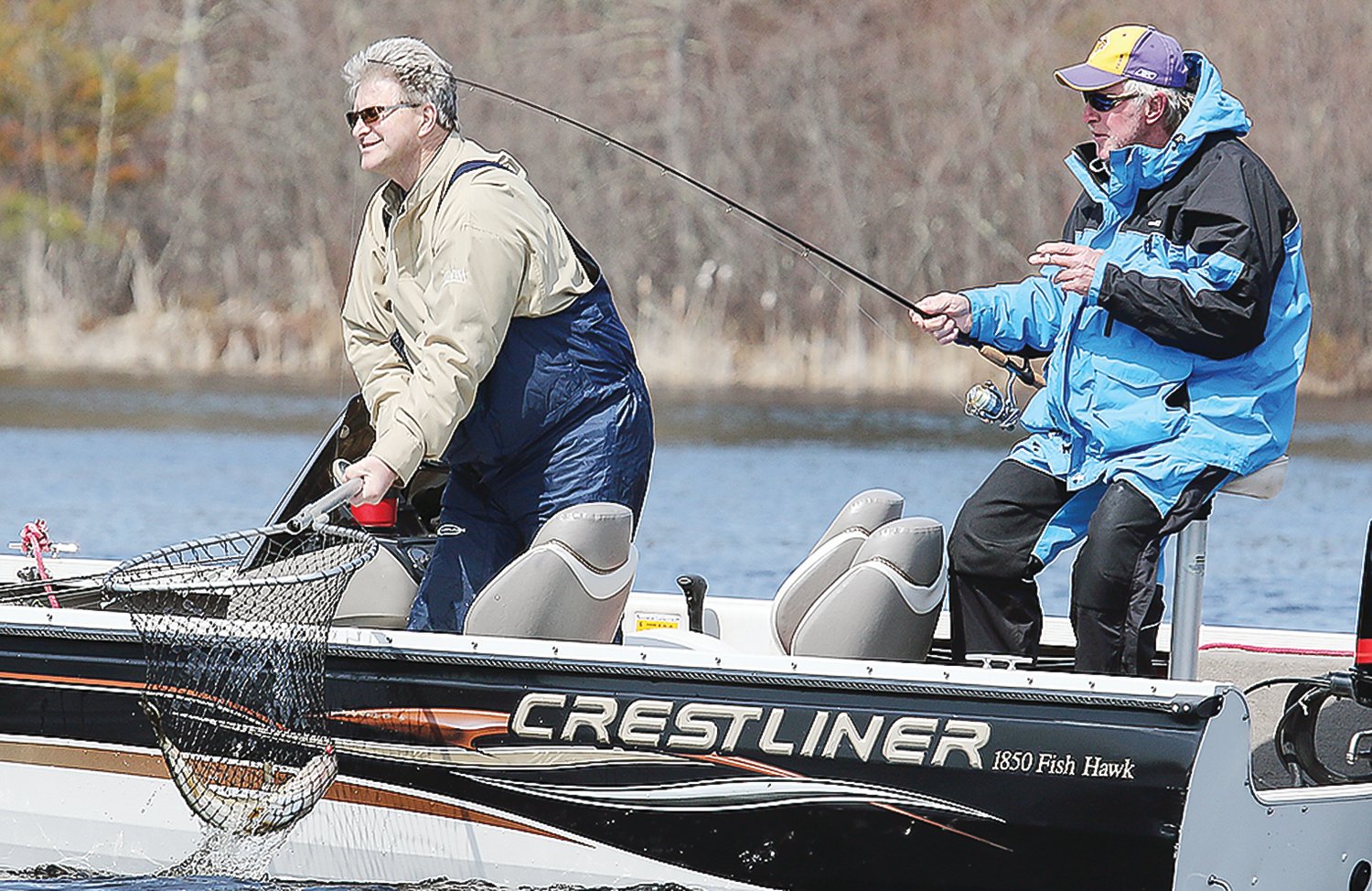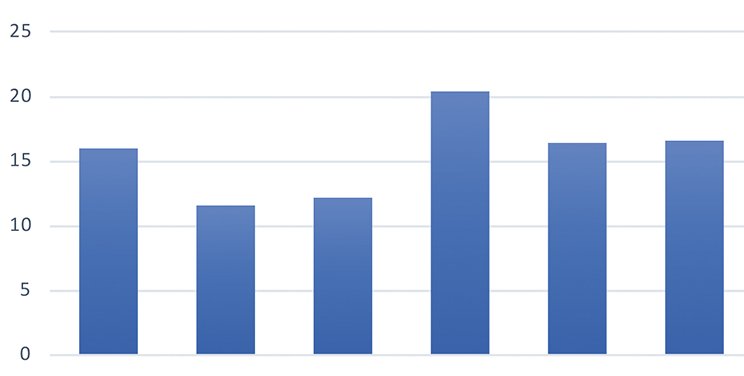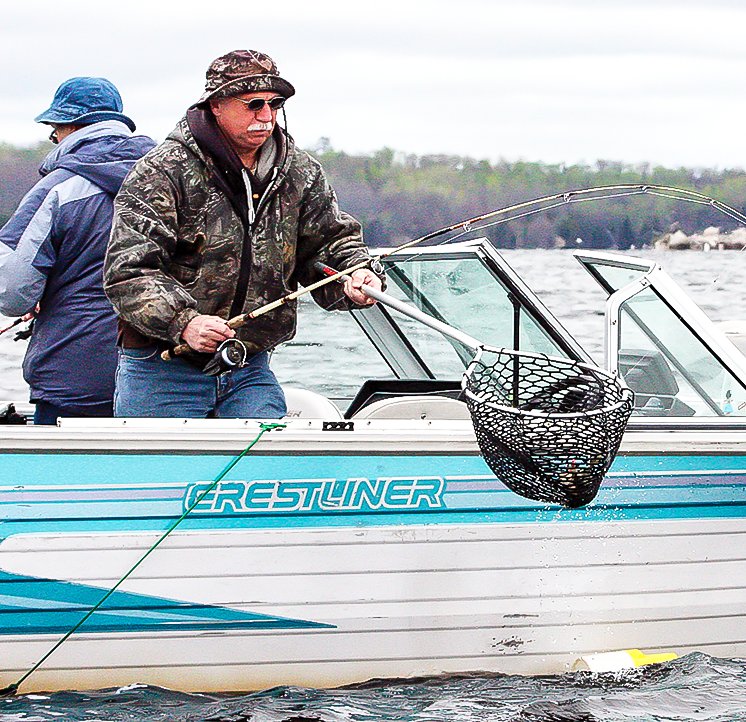Support the Timberjay by making a donation.
Walleye count stays strong
Latest net survey bodes well for Lake Vermilion anglers for the next several years
LAKE VERMILION— The fishery here continues to be remarkably strong and anglers can anticipate more of the same for the foreseeable future. That’s the upshot of the latest fall …
This item is available in full to subscribers.
Attention subscribers
To continue reading, you will need to either log in to your subscriber account, or purchase a new subscription.
If you are a current print subscriber, you can set up a free website account and connect your subscription to it by clicking here.
If you are a digital subscriber with an active, online-only subscription then you already have an account here. Just reset your password if you've not yet logged in to your account on this new site.
Otherwise, click here to view your options for subscribing.
Please log in to continue |
Walleye count stays strong
Latest net survey bodes well for Lake Vermilion anglers for the next several years
LAKE VERMILION— The fishery here continues to be remarkably strong and anglers can anticipate more of the same for the foreseeable future. That’s the upshot of the latest fall gill-netting results on Lake Vermilion, conducted in the fall of 2022.
The annual test netting provides the area Department of Natural Resources fisheries staff with their most reliable data on the health of the fishery, and the numbers point to continued angler success for a wide range of species.
Walleye numbers continued to be well above the long-term average, with a net catch rate of 16.6 walleye per net in the latest survey. “Recently, walleye recruitment in Lake Vermilion has been higher than expected,” noted Matthew Hennen, large lake specialist at the DNR’s Tower area office. “From 2010 to 2019, Lake Vermilion produced nine moderate-to-strong walleye year-classes and only one weak year-class.” Walleye numbers are typically determined by the strength of those year classes, so the recent trend has allowed the walleye population to remain solid even with increasing fishing pressure.
For anglers, the very strong 2018-year class continues to dominate Vermilion’s walleye fishery and that means “exceptionally high” numbers of walleye in the 16-20 inch range, according to Hennen. Vermilion’s protected slot limit of 20-26 inches will allow anglers to keep most fish in that size range.
If there’s a surprise in the latest results, it’s the relative parity between the eastern and western lake basins. For years, the eastern basin has maintained a substantially larger walleye population, to the extent that the DNR was facing criticism as recently as three years ago about the lack of keeper-sized walleyes in the western half of the lake. That concern is heard much less frequently these days, and the latest survey should further quell those fears as they show virtually identical walleye numbers across the sprawling lake. The catch rate in the eastern basin averaged 16.9 walleye per net, compared to 16.1 in the west, which ranked as the second highest catch rate on record in the western portion of the lake. The improvement there is primarily driven by the strong 2018-year class, according to Hennen.
And the outlook remains encouraging, based on sampling of smaller fish. Hennen reports that the survey found the number of fish smaller than 13 inches was running above average. And fall electrofishing for young-of-the-year fish averaged 179 fish/hour, a rate that was also above the long-term average. The average length of 5.6 inches was also slightly above normal, which bodes well for winter survival of the young fish. “Based on the catch rate and size of fish captured, the 2022 year-class is likely to be moderate to strong,” Hennen noted. Preliminary data suggests the 2021-year class will also be moderate to strong.
Perch near record high
If a solid walleye population isn’t enough good news, the 2022 lakewide perch survey demonstrated a catch rate of 45 fish per net, the highest number since 2013 and the third highest number on record.
Unlike with walleye, the perch counts showed a noticeable disparity east to west. The western basin saw an average of 71 fish per net, the second highest ever recorded, while the eastern end saw 27.6 fish per net on average. The eastern basin has historically had a smaller perch population, but significantly larger on average, than the west end. The survey revealed good numbers of perch over nine inches, which are generally considered harvestable by most anglers.
Smallmouth numbers remain solid
Spring electrofishing results last year showed an average of 98.3 fish per hour, the highest catch rate ever observed. The high numbers were driven primarily by high numbers of smaller fish on the west end.
“The average length of fish captured in West Vermilion was a little over 7 inches and only a small portion (<8%) of the catch was over 12 inches,” noted Hennen in his report. “In contrast, the average length of fish sampled in East Vermilion was over 10.5 inches and more than one-third of the catch was 12 inches or larger.”
The DNR did not conduct surveys on the lake’s muskie or panfish populations in 2022.











